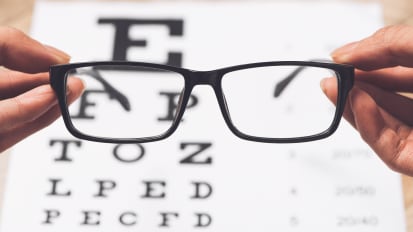Search
Showing 1 - 3 of 3 results
 Video
Video
Keeping the Eye in Sight: Ensure Proper Primary Care for Ocular Injuries
When presented with common eye issues – from corneal abrasions and foreign bodies to potentially fractured orbital bones – providers need to make prompt diagnoses, assess urgency and take steps to limit damage. Video
Video
Focusing on Blurry Vision: Tips and Tools for Making the Right Diagnosis
From simple refractive issues to dry eye to age-related cataracts to emergencies such as retinal detachment, the causes of painless fuzzy vision vary widely in urgency. Video
Video
Fresh Insight on Cataracts: An Update on Evaluation and Management
Optometrist Emily Eng, OD, MS, FAAO, starts with a refresher on eye anatomy and the factors that make lenses get cloudy, then describes what patients want to know about cataract surgery (the most performed procedure in all of medicine), including pre- and post-op care.


